
hotline:
17715390137
Tel/Wechat:
18101240246 (Technology)
0512-68565571
Email:mxenes@163.com (Sales Engineer)bkxc.bonnie@gmail.com
Scan the code to follow or search the official account on WeChat:
2D Materials Fronrier After paying attention,
click on the lower right corner to contact us,
Enter enterprise WeChat.
Professional Services Online

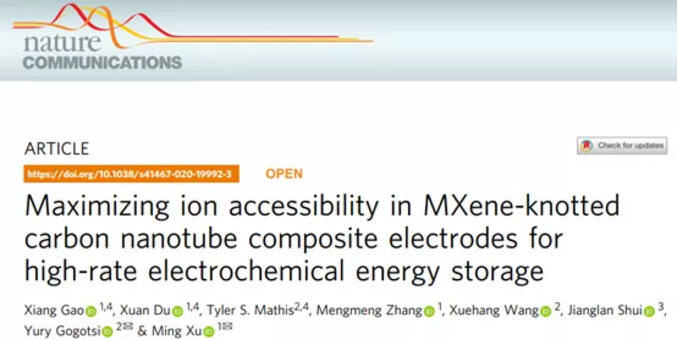

In capacitive energy storage devices, charge storage begins with the adsorption of electrolyte ions on the surface or active sites of the electrode material. The ion-accessible part of the electrode surface helps to store charge
In capacitive energy storage devices, charge storage begins with the adsorption of electrolyte ions on the surface or active sites of the electrode material. The ion-accessible part of the electrode surface contributes to charge storage. Therefore, ion accessibility can affect the capacitance or capacity of the energy storage device. This effect is more pronounced at high speeds or low temperatures, especially when organic electrolytes are used.
There are two main directions to improve ion accessibility in organic electrolytes: electrolyte and electrode structure modification. The most common ways to improve the electrode structure itself to increase ion accessibility include introducing porous through chemical etching on the surface of the electrode material, increasing the interlayer spacing through surface chemical modification, or organizing the restacking of two-dimensional materials through intercalation of "pillar" materials. Although these methods can increase the layer spacing of 2D electrode materials (such as MXene), the 2D layer still has the problem of stacking in the vertical direction. Therefore, the transport of ions in the electrode material will be very slow in the conventional direction, which has also become a major obstacle in high-speed and low-temperature operation.

Recently, Professor Ming Xu from Huazhong University of Science and Technology and Professor Yury Gogotsi from Drexel University in the United States published a research paper entitled Maximizing ion accessibility in MXene-knotted carbon nanotube composite electrodes for high-rate electrochemical energy in the internationally renowned academic journal Nature Communication , Reported a new type of MXene-carbon nanotube (CNT) composite electrode with maximized ion accessibility and excellent rate performance under low temperature conditions.

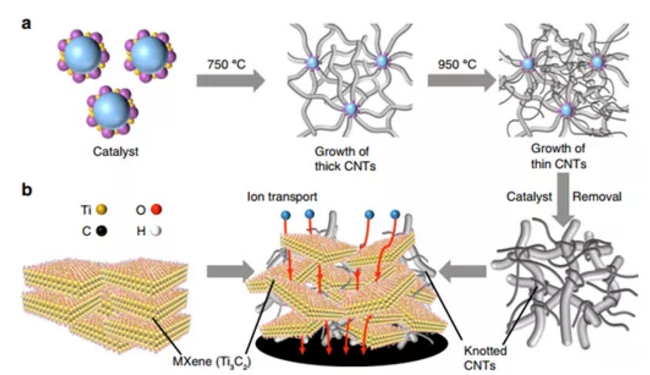
Figure 1. Design of junction-shaped MXene-CNT composite electrode for efficient ion transport
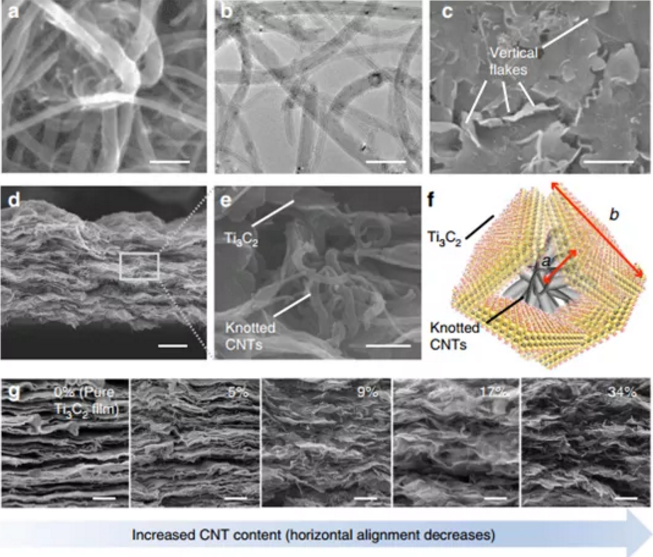
Figure 2. Characterization of junction-shaped CNT and MXene-CNT composite electrode.
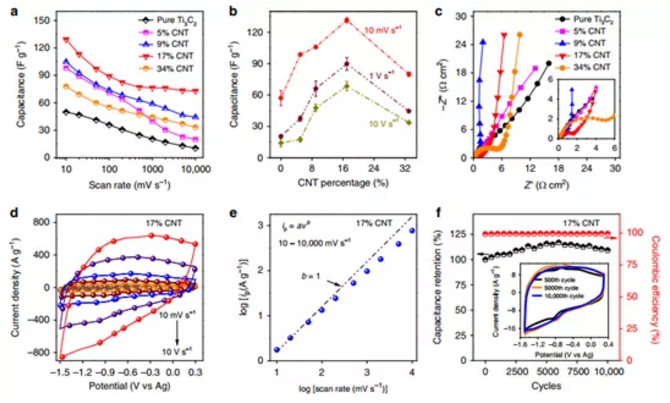
Figure 3. The electrochemical performance analysis of the junction-shaped MXene-CNT composite electrode in an organic mixed electrolyte. (EMIM:Li-TFSI=1:1)
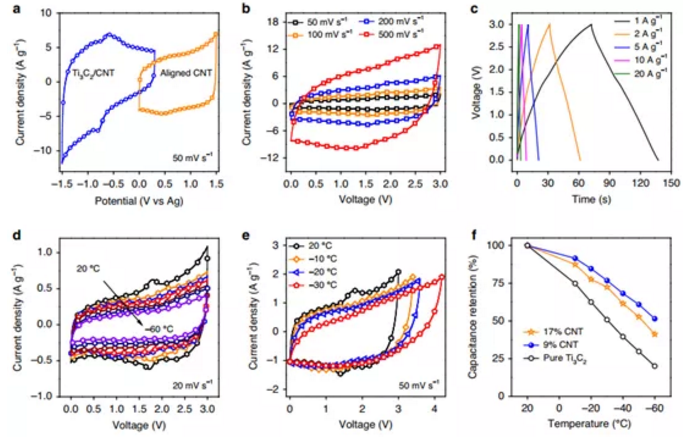
Figure 4. Electrochemical performance test of an asymmetric device.

In organic electrolyte, the structure of the electrode material can affect the rate performance of the material. The prepared multi-node CNTs and MXene-CNTs composite electrode exhibits a high capacity retention rate in the mixed organic electrolyte, and can retain 56% when the scan rate is increased from 10mV s-1 to 10 V s-1. % Of capacitance. The large-sized nodular structure in the multi-node CNT is crucial to destroy the arrangement of the Ti3C2 sheet, which in turn will make the ion transmission path have a lower degree of tortuousness and enhance ion accessibility. This improves the performance of Ti3C2 MXene-based supercapacitors when working at low temperatures. When the working temperature is reduced from 20°C to -60°C, it can have a higher capacitance retention rate of about 55%. This work proves that the pseudocapacitor material can be used for high-rate energy storage in organic electrolyte after its structure is optimized.
Literature link:
https://doi.org/10.1038/s41467-020-19992-3
Source: MXene Frontier
This information is from the Internet for academic exchanges. If there is any infringement, please contact us and delete it immediately

| Reminder: Beijing Beike New Material Technology Co., Ltd. supplies products only for scientific research, not for humans |
| All rights reserved © 2019 beijing beike new material Technology Co., Ltd 京ICP备16054715-2号 |